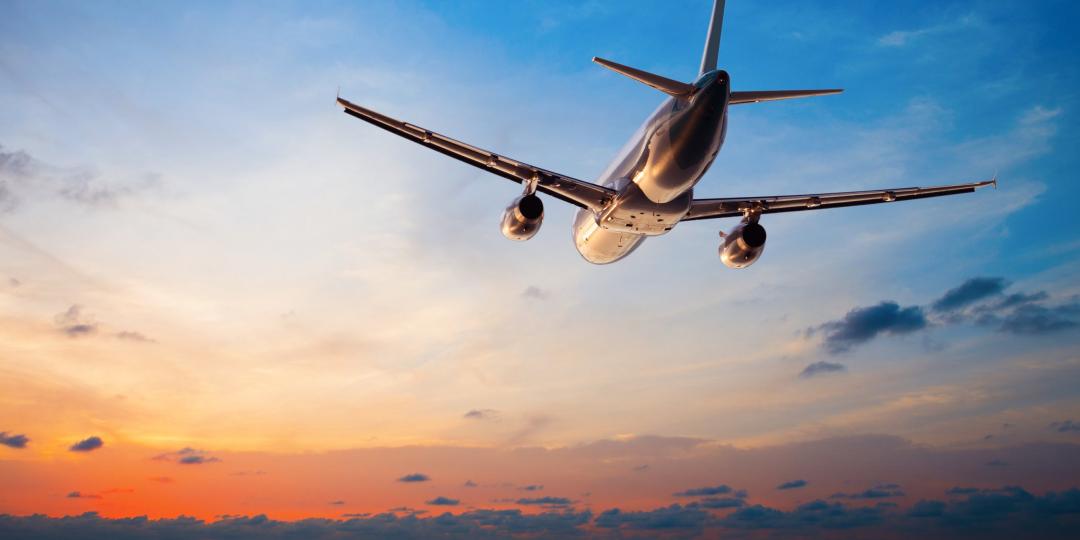As the world waits to see how implementation of the Single African Air Transport Market (SAATM) proceeds, a handful or so African airlines currently dominate aviation on the continent, with some interesting possibilities in the wings that deserve watching.

Aviation expert Linden Birns, MD of the Cape Town-based Plane Talking, says top of the charts for the scope and breadth of their intra-Africa networks are Ethiopian Airlines, SAA and Kenya Airways. Airlink, TAAG Angola Airlines and RwandAir are up and coming carriers to keep an eye on.
Ethiopian Airline’s success has been widely publicised. “Its management team remain totally focussed on fulfilling their mandate and optimising their investments in new Airbus and Boeing aircraft,” states Birns. Additionally, Ethiopia has invested in enhancing Addis Ababa’s Bole International Airport and has plans for a new airport to replace it.

SAA’s tenuous financial position is well known to readers of TU, and as the airline struggles to gain a steadier footing, it is cutting back on some of its African services, while strengthening others. With code-share agreements with carriers such as RwandAir, Ethiopian Airlines and TAAG Angola Airlines, it remains a force on the continent.
“Kenya Airways is emerging from a painful period where it experienced deep and severe losses resulting from questionable aircraft financing arrangements which unravelled just as the airline’s revenues from its West Africa services were whacked by the effects of the Ebola crisis,” says Birns of the third contender.

“A new management team from Poland is now in place and its ownership and finances have been restructured, placing the carrier on a much firmer financial footing, which should enable it to recover quite quickly,” he says.
Birns believes South-African based Airlink could soon be deserving of a place in the top rungs. With flights to a number of Southern African countries - Zimbabwe, Botswana, Mozambique, Madagascar and Zambia among them – Airlink has also begun to acquire newer aircraft with greater range capability and better operating economics.

In Angola, under a newly-elected President Joao Lorenco, some of aviation’s best commercial brains have been hired to improve the fortunes of state-owned TAAG Angola Airlines, which has potential to watch. At the same time, the country’s transport ministry is ploughing ahead with the construction of a 15-million passenger international airport on Luanda’s outskirts.
“If the programme remains on track, it should open for business by 2020/21,” says Birns. “Optimising the airport’s capacity will require some out-of-the-box thinking for Angola, which has been a closed economy for much of its post-independence existence. For starters, it would have to open its market to more airlines. This wouldn’t be a bad thing, especially if it was done in tandem with economic diversification, including development of business and leisure tourism and investment in the necessary infrastructure and facilities.”
He further points out that Luanda – more so than Johannesburg - is ideally placed as an air transport hub for trans-South Atlantic traffic.
RwandAir, which set out with the modest aim of providing air services linking Kigali with Nairobi, Entebbe and Bujimbura, is another airline business with noteworthy prospects. It has since acquired larger aircraft, added a number of sub-Sahara destinations to its network and negotiated fifth freedom rights on a number of intercontinental routes.
“Interestingly, from a corporate culture perspective, Ethiopian Airlines, TAAG and RwandAir are all guided by small but capable management teams with flat structures and direct reporting lines, working from very modest and functional head offices,” observes Birns.
Chris Zwiegenthal, CEO of the Airlines Association of Southern Africa (AASA), names Africa’s dominant carriers as SAA, Ethiopian Airlines, Egypt Air, Royal Air Maroc, Air Senegal and Kenya Airways. In the southern and eastern African region, its is only Air Namibia, TAAG Angola Airlines, Kenya Airways and SAA that have the equipment to fly internationally.
Taking a closer look at the two regions, carriers with services crossing national borders over and above those already mentioned include Air Botswana, LAM, Mozambique Airlines, Air Zimbabwe and Precision Air. Headquartered in South Africa with networks beyond are BA Comair, fastjet, and SA Express and Mango. The last two are South African government-owned and subject to a proposed merger with SAA, which dependent on legislation amendments, could be a protracted process.

All airlines serve limited regional networks, but do stand to benefit from SAATM, once and if it is fully realised. To date, 23 of 55 African nations have committed.
June Crawford, CEO of the Board of Airline Representatives (Barsa) in Johannesburg makes this general comment: “Airlines – legacy and low-cost – that have the right aircraft on specific routes will be those who will ultimately be successful on regional routes. There are some who are operating in-country and some African destinations, but as yet we have not seen a truly regional airline on a major scale.”






















